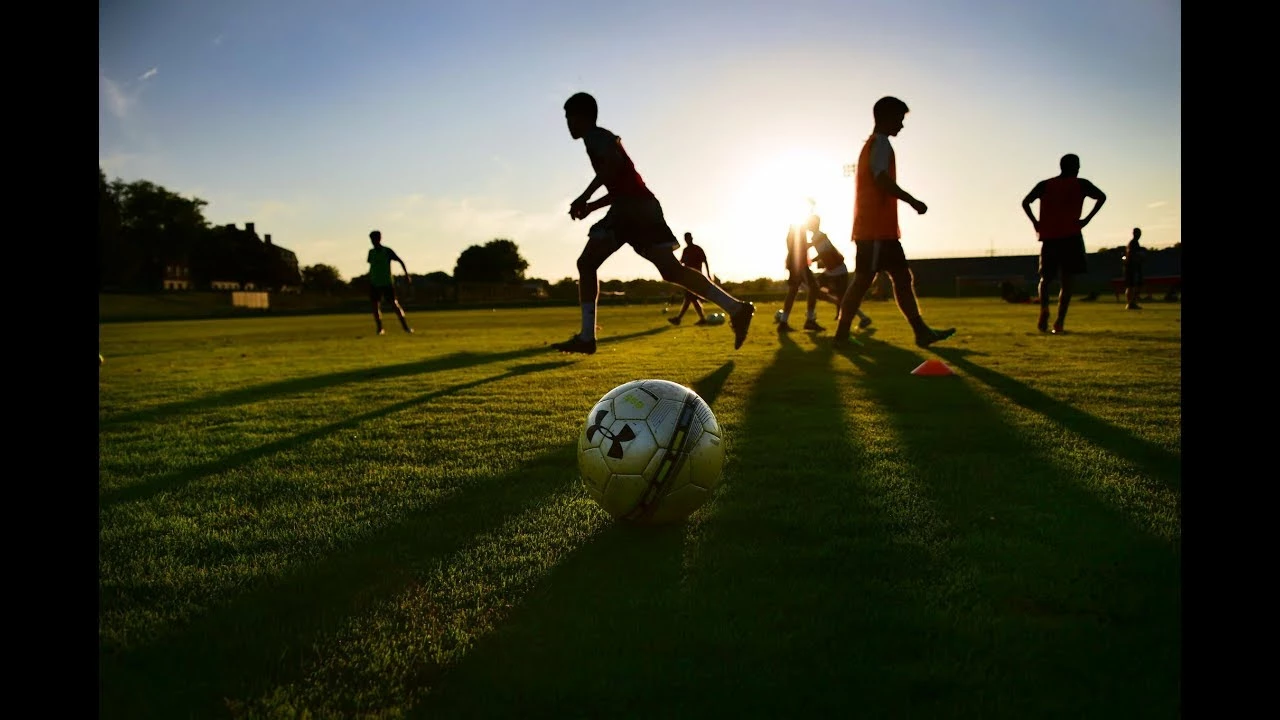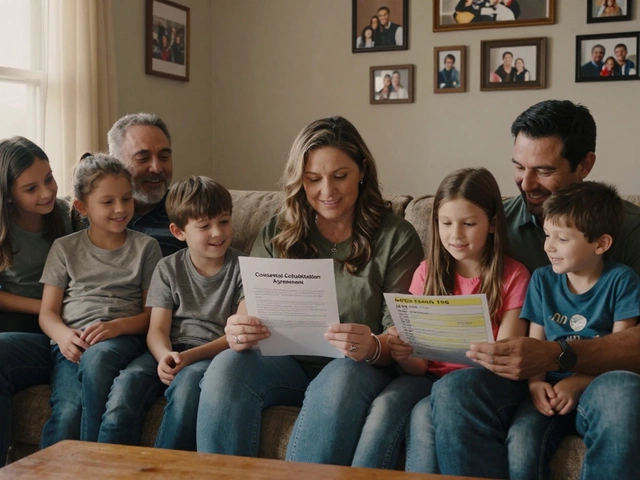Soccer Training Made Simple: Tips, Drills and Fitness Tricks
Want to get better on the ball without spending hours in a gym? You’re in the right place. Below you’ll find easy‑to‑follow drills, quick conditioning ideas and a few coaching tricks that work for players of any age or level.
Essential drills for every player
Start with the basics: a solid passing loop. Set up two cones about ten metres apart and pass the ball back and forth using the inside of your foot. Keep the ball on the ground and focus on a clean, crisp touch each time. After a minute, add a second player and work on one‑touch passes. This simple drill builds accuracy, timing and confidence under pressure.
Next, try the “dribble‑and‑stop” exercise. Mark a 20‑meter line, sprint with the ball, then plant your foot and use the inside of the opposite foot to cushion the ball and stop it dead. Repeat the pattern, alternating feet. It teaches you how to control the ball when you’re moving fast – a skill you’ll use every time you attack.
Building fitness and conditioning
Conditioning doesn’t have to be boring. Incorporate short bursts of sprint work into your training. After every five minutes of skill work, run 30 seconds at full speed, then walk for a minute. This mimics the stop‑and‑go nature of a match and improves your ability to recover quickly between plays.
Core strength is another game‑changer. Plank variations, side planks and simple bicycle crunches can be done on the side of the pitch while the ball is in a small‑sided game. A strong core helps with balance, shielding the ball and delivering powerful shots.
Finally, never forget recovery. A quick 5‑minute stretch after each session – focusing on hamstrings, calves and hip flexors – reduces soreness and keeps you flexible for the next training day.
By mixing these drills with smart fitness work, you’ll notice sharper passes, quicker changes of direction and more stamina during games. Keep the sessions short, stay consistent and watch your skills grow fast.
Got a specific problem you’re trying to fix – like weak right‑foot shooting or trouble defending one‑on‑one? Drop a comment and we’ll suggest a targeted drill to tackle it head‑on.

To be a professional soccer player, should you play in college?
by Alistair McKinley / 21 Jul 2023After exploring the world of professional soccer, it's clear that playing in college is not a definitive must, but it can be a vital stepping stone. College soccer provides players with valuable experience, exposure, and a safety net in form of education. However, many successful players have bypassed the college path, opting for youth academies or starting their careers overseas. Ultimately, the decision should be based on the individual's skill level, opportunities, and personal goals. It's a personal journey and there isn't a one-size-fits-all answer.


